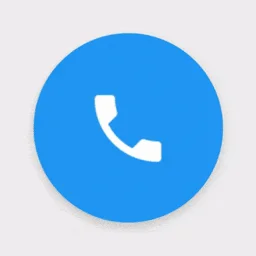At the first staff meeting of the 2022 academic year, our entire team of coaches and coordinators was exhausted. We’d spent the first two weeks of the year subbing in buildings, covering lunch duties and pitching in wherever we were needed. COVID-19 was surging and our time in the buildings, while mentally and emotionally exhausting, reinforced the difficulties our students and educators were facing as they recovered from the losses of the pandemic. We were reflecting on our current challenges when my boss shifted the conversation towards the future, asking:
What are we willing to lose to change a child’s life?
The question hung in the air:
As a teacher, when something needed to change, I usually found myself pointing my finger at someone “in charge” who I believed had the power to resolve my issue quickly. When I became an administrator, some of this attitude remained, but after shifting from class to class and building to building for two weeks, I started to realize that the person who needed to make the changes was me. As I moved from school to school and classroom to classroom, teachers were telling me the technology was too much, and the students had given in to the permanence of education on computer screens long after we left the days of learning from tiny boxes on Zoom.
As the weeks turned to months and the surge from the pandemic finally ended, the question still hung in the air: what are we willing to lose to change a child’s life? We are still buckling under the weight of the inequitable education system that preceded the pandemic and the makeshift solutions created during the pandemic. At the same time, we fear losing what has kept us going. To answer this question, we need to shift from a mindset of scarcity and claim abundance.








